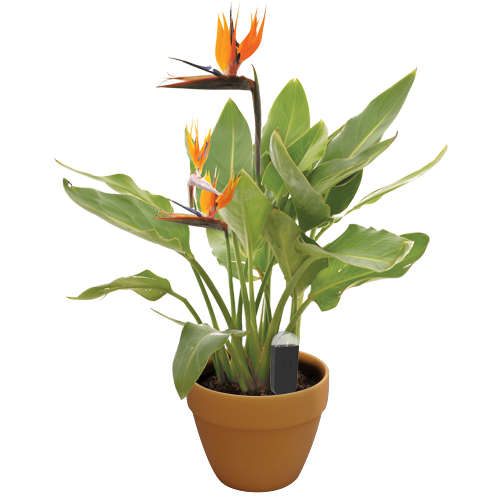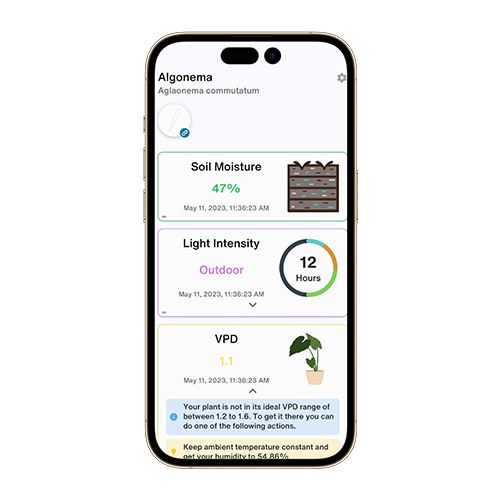Anthurium jenmanii
分类
家庭Araceae
属Anthurium
区11
关于
Anthurium jenmanii, commonly known as Bird's Nest Anthurium, is an epiphytic subshrub native to wet tropical climates. It belongs to the family Araceae and the genus Anthurium. This plant is known for its large, glossy, and leathery leaves that form a rosette shape, resembling a bird's nest. It thrives in humid environments and is often found growing on trees in its natural habitat.
也称为
Atta Mokka
Anthurium englerianum
Anthurium trinitatis
Jenman's anthurium
概述
细节
保养说明
Anthurium jenmanii requires bright, indirect light and should be kept in moderate temperatures. It thrives in high humidity and should be watered regularly to keep the soil evenly moist. Avoid direct sunlight as it can scorch the leaves. Ensure good air circulation around the plant to prevent fungal issues.土壤
This plant prefers a well-draining, loamy soil mix that retains moisture but does not become waterlogged. A mix of orchid bark, peat, and perlite works well. Good drainage is essential to prevent root rot.肥料
Feed Anthurium jenmanii with a balanced liquid fertilizer, such as 20-20-20, every 4-6 weeks during the growing season. Reduce feeding during the winter months when the plant's growth slows down.换盆
Repot the plant every 2-3 years or when it outgrows its current pot. Choose a pot that is slightly larger than the current one and ensure it has drainage holes. Gently remove the plant from its old pot, shake off excess soil, and place it in the new pot with fresh soil mix.传播
Anthurium jenmanii can be propagated through division. The best time to propagate is during the spring or early summer. Carefully separate the offsets from the main plant, ensuring each division has roots attached. Plant the divisions in separate pots with a suitable soil mix.修剪
Pruning is necessary to remove dead or yellowing leaves and to maintain the plant's shape. Use clean, sharp scissors or pruning shears to cut off the unwanted leaves at the base. Regular pruning encourages healthy growth and prevents disease.毒性
Anthurium jenmanii is toxic to pets and humans if ingested. The plant contains calcium oxalate crystals, which can cause irritation and swelling of the mouth, throat, and digestive tract. Keep the plant out of reach of children and pets.额外的
To enhance humidity around the plant, consider placing it on a humidity tray or using a room humidifier. Regularly misting the leaves can also help maintain the required humidity levels. Ensure the plant is not exposed to cold drafts or sudden temperature changes.彻底改变您的植物护理
让每一个工厂都变得聪明


